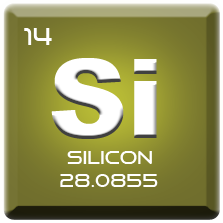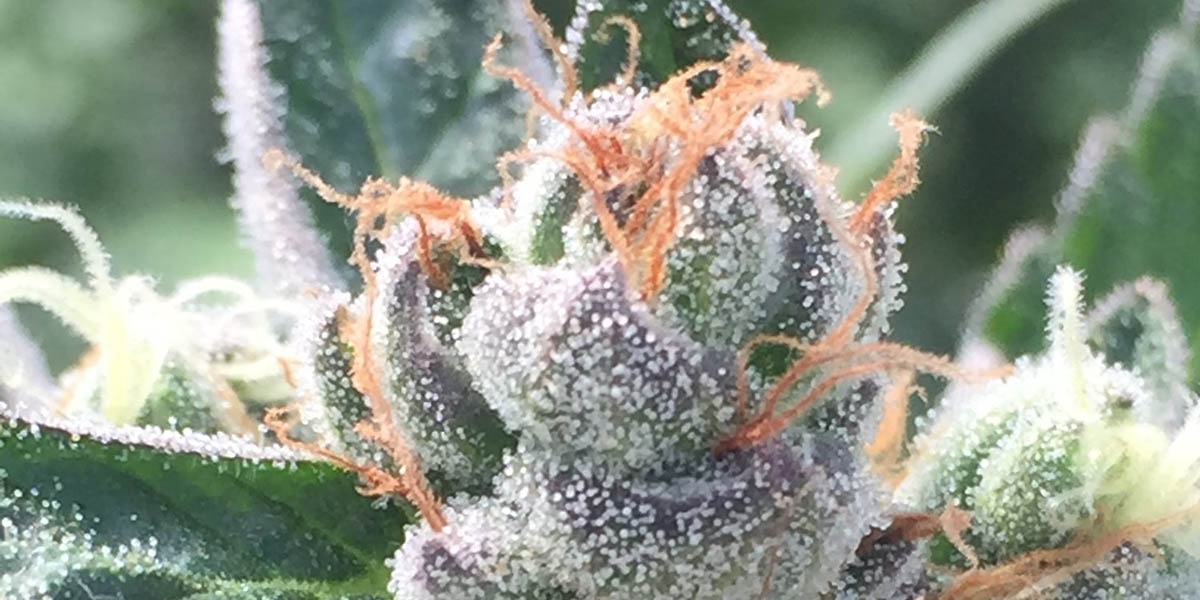When most people think about fertilizing plants, they think about the major nutrients like nitrogen, potassium, phosphorus, calcium and magnesium. And there are quite a few other micronutrients that all play important roles in plant health, but arguably there is no other micro-nutrient as important as silicon for optimizing plant health. Silicon plays an integral role in plant health by interacting with several key components of plant stress signaling systems leading to induced resistance. The terminology is confusing because there are differences between silicon, silica, silicic acid and silicate. Sometimes they’re used interchangeably by the fertilizer industry but these terms mean very different things. So, here are the definitions of some common terms involved when talking about silicon in plants.
Silicon: a tetravalent nonmetallic element that occurs combined as the most abundant element next to oxygen in the earth’s crust. It is an element with the symbol Si and atomic number 14. The elemental form itself is unassimilable to plants.
Silica: another name for silicon dioxide (SiO₂); found in the mineral quartz and also a major component of sand. Sometimes you will find products that contain micronized silicon dioxide to be amended in or there is even liquid silicon dioxide as well.
Silicates: compounds containing silicon-oxygen tetrahedrons (SiO4)4-that are used as fertilizers like calcium silicate, potassium silicate, sodium silicate and combinations of diatomaceous earth with minerals.
Silicic Acid: any of various weakly acid substances obtained as gelatinous masses by treating silicates with acids. It is a compound of silicon, oxygen, and hydrogen, regarded as the parent substance from which is derived a large family—the silicates—of minerals, salts, and esters. The only form of silicon which is available for entry or uptake into a plant is silicic acid, Si(OH)4
Monosilicic Acid (MSA): Synonym: orthosilicic acid (OSA). MSA or Si(OH)4 is the simplest form of soluble silicic acid. MSA is found universally in seawater, river water and soils at a concentration of a few ppm. Although MSA is in dynamic equilibrium with disilicic acid, it is considered the only bioavailable form of silicon.
What’s the Difference?
Because most of the silicon in the plant’s crust is held in forms plants cannot take up. These include silicon dioxide (silica) and various silicate minerals. While plants can’t take up silica, they can take up another form of silicon —monosilicic/orthosilicic acid. Bacteria can convert other silicon compounds into monosilicic acid. However, this process takes weeks or months. By the time silicon is in a plant available form, the plant might be too far along in it growth cycle for the silicon to be of much value. Therefore, growers often apply silicon in the form of monosilicic acid. https://www.globalgarden.co/knowledge/silicic-acid/
SILICIC ACID VS. POTASSIUM SILICATE
Potassium silicate (K2SiO3) is a salt of silicic acid (H4SiO4).
As mentioned above, silicates are not available to plants. So, plants cannot take up or use potassium silicate. First, bacteria must convert it to monosilicic acid.
Therefore, applying potassium silicate does not have the same effects as applying monosilicic acid. Depending on the level of nutrient cyclying and silica solubilizing bacteria present in the soil or on the leaf surface (foliar application), your plants will not be able to uptake potassium silicate for potentially weeks, it just depends on a variety of biotic and abiotic factors. https://www.globalgarden.co/knowledge/silicic-acid/
Role of Silicon in Plant Health
Silicon promotes plant growth by increasing the growth of cells which leads to faster growth of the roots stems and shoots. A few studies have shown that the application of silicon yields plants with taller and thicker stems. Silicon also helps protect plants from harmful fungi.
Eventually, silicic acid molecules polymerize into insoluble silica, which is deposited in plant tissues, first in the abaxial (lower) epidermis and then, as the plant grows, in the epidermis. It then condenses into particles of hard, polymerized silica gel, also known as phytoliths. It is this silica that imparts silicon’s benefits to plants by strengthening plant tissues and structures.https://www.emeraldharvest.co/wp-content/uploads/WP_Inside_Silicon_Supplements_DOWNLOAD.pdf
Primary Effects on Plant Growth
Mono-silicic acid has three primary effects on plants:
- Mechanical – Builds structure and resistance to stress
Deposits silicon directly into the outer layer of the cell creating a rigid barrier and a more solid structure. - Nutritional – Increased and more balanced uptake of nutrients
Pressurizes the plant sap to allow a better and more even flow of nutrients throughout the plant circulatory system. - Immunity – Stimulates plant’s immune system
Triggers the production of immunity compounds, as well as drawing silicon to the point of attack to rebuild and strengthen tissue. https://aptus-holland.com/core-technology-silicon-silicic-acid/
Improves Resistance to Fungal and Bacterial Pathogens
Although it’s not fully known how, silicon helps protect plants against harmful fungi. Some of these fungi include fusarium wilt and powdery mildew. Scientists think one way this element protects plants is by stimulating plant defenses. When you add silicon to your plants, they can better recognize diseases and begin to fight back LINK
Natural Sources of Silicon
So now that we know a little more about the element silicon and its role in plant health, let’s examine where we can find natural source of it.
- Diatomaceous earth Diatomaceous earth, also known as diatomite and DE, is the naturally occurring fossilized remains of diatoms—single-celled aquatic algae. It is a near-pure sedimentary deposit consisting almost entirely of silica. https://www.dicalite.com/2021/03/diatomaceous-earth-as-a-source-of-plant-available-silica/
- Horsetail The plant horsetail has found extensive application as a source of silica, The results for the silicon concentration in horsetail reached from 2.64% to 4.80% of the dry matter. The lowest amount of silicon was in the range between 1.52% and 2.51%. https://www.scirp.org/pdf/fns_2013050814523966.pdf
Dr. Duke’s Phytochemical and Ethnobotanical Databases provide some reference points to the values of silica and silicon in the plant and shoot tissue of Horsetail – Equisetum arvense (Equisetaceae)

Horsetail Garden Tea
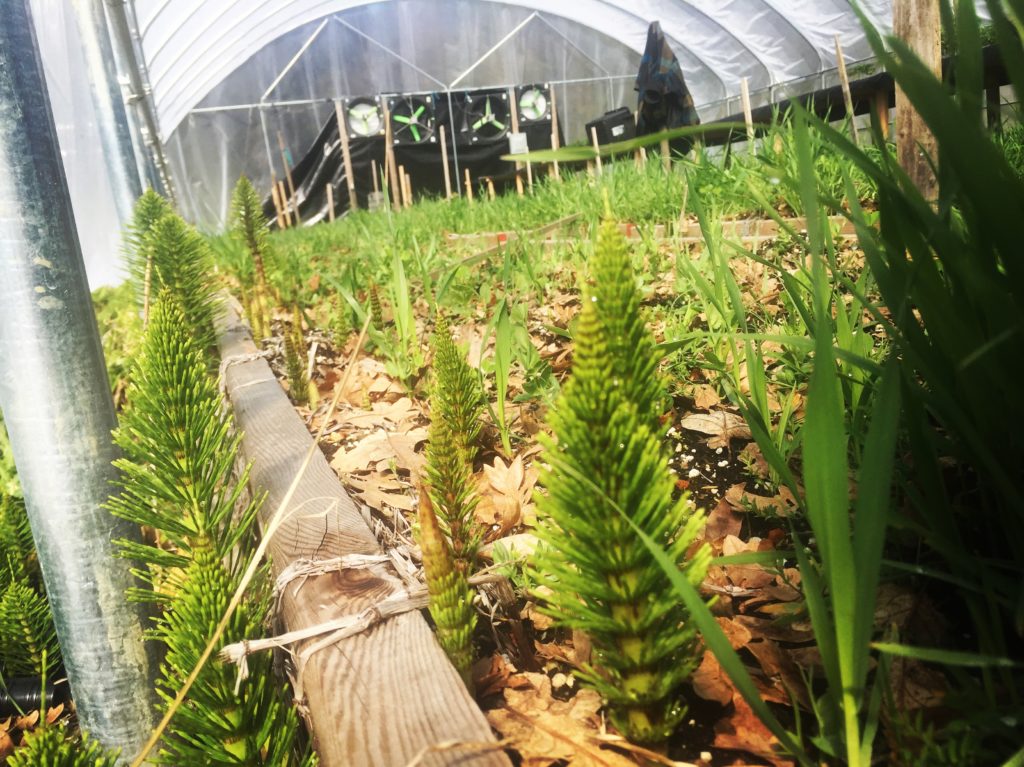
Here is a quick recipe from No Dig Garden for a horsetail extract to apply as a drench or foliar for your plants,
•2 cups fresh horsetail or 1 cup dried
•10 cups water
•Bring to the boil, reduce the heat and simmer for 30 minutes with the lid on. Leave to cool overnight – you may want to pop it outside as it isn’t the nicest of smells and can make the kitchen smell a bit peculiar, not quite what you need first thing in the morning!
•Strain through a sieve or colander lined with muslin and pour into labelled bottles. Store in a cool place for about a month. Pour any leftover potion into a compost heap.
•To use as a foliar spray or soil feed, dilute 1 part horsetail ‘tea’ to 4 parts water.
Here is a recipe for a smaller quantity which can be increased as you wish.
2 cups fresh horsetail or 1 cup dried
10 cups water
Bring to the boil, reduce the heat and simmer for 30 minutes with the lid on. Leave to cool overnight – you may want to pop it outside as it isn’t the nicest of smells and can make the kitchen smell a bit peculiar, not quite what you need first thing in the morning!
Strain through a sieve or colander lined with muslin and pour into labelled bottles. Store in a cool place for about a month. Pour any leftover potion into a compost heap.
To use as a foliar spray or soil feed, dilute 1 part horsetail ‘tea’ to 4 parts water.
Summary
In summation, Silicon has been shown to elicit these types of effects on plants
- Have stronger and thicker branches by depositing silicon directly into the outer layer of the cell.
- Carry sturdier and heavier fruits with higher nutritional value and a longer shelf-life.
- Silicon induced thermotolerance – Improves plants tolerance to heat extremes.
- Are more resistant to stress caused by high concentrations of salts in the substrate (high EC).
- Alleviates abiotic and biotic stresses, and increases the resistance of plants to pathogenic fungi.
Other Research Articles on Silicon
Role of Silicon on Plant–Pathogen Interactions
Silicon Influences Soil Availability and Accumulation of Mineral Nutrients in Various Plant Species
Silicon and plant disease resistance against pathogenic fungi
The Effects of Foliar Sprays with Different Silicon Compounds
WANT MORE ARTICLES LIKE THIS? JOIN THE CANNABIS HORTICULTURAL ASSOCIATION TO SUPPORT OUR PLATFORM, GET ACCESS TO A BUNCH OF OTHER HORTICULTURAL DATA, PLUS FREE SEEDS!!!
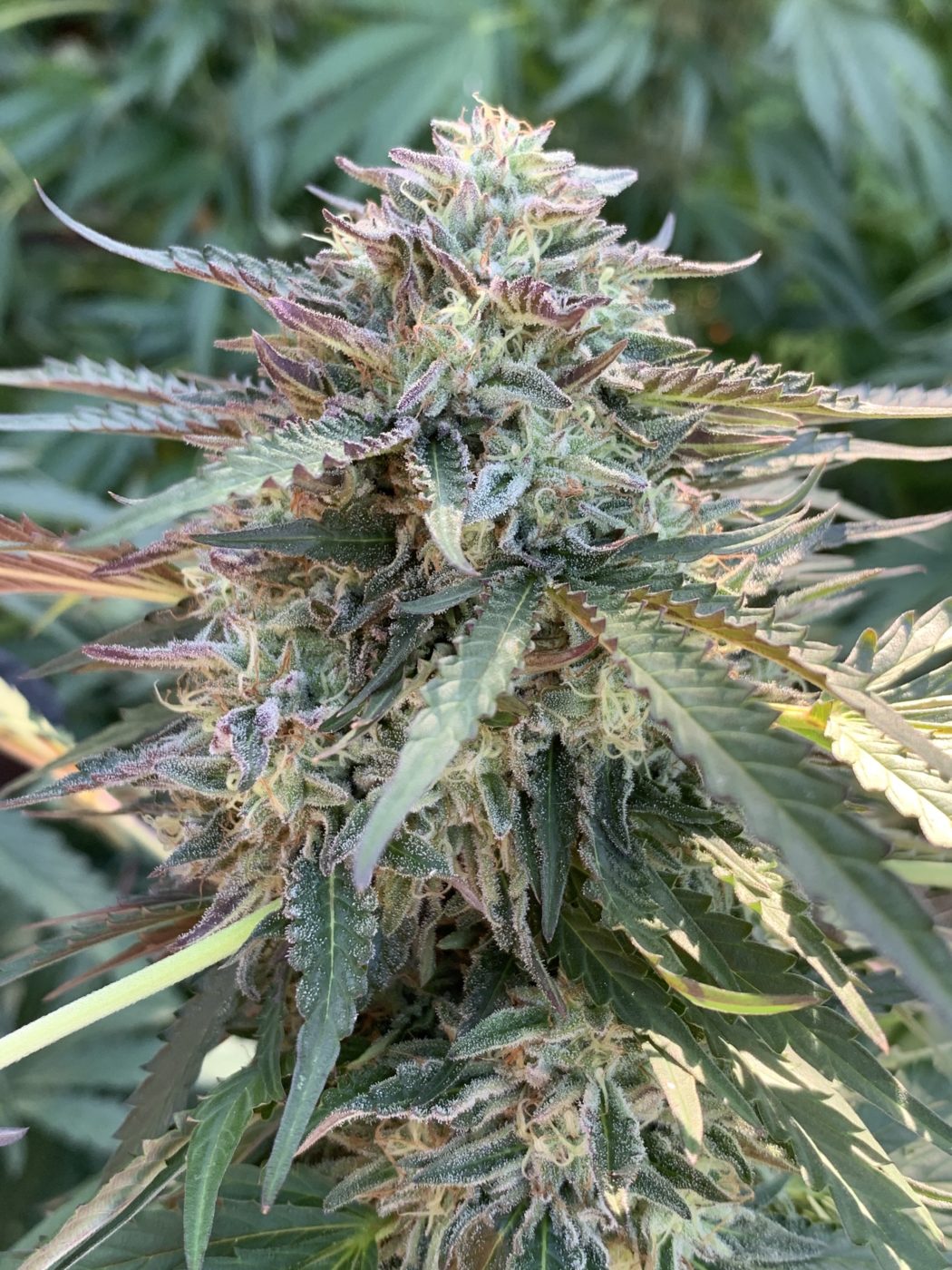
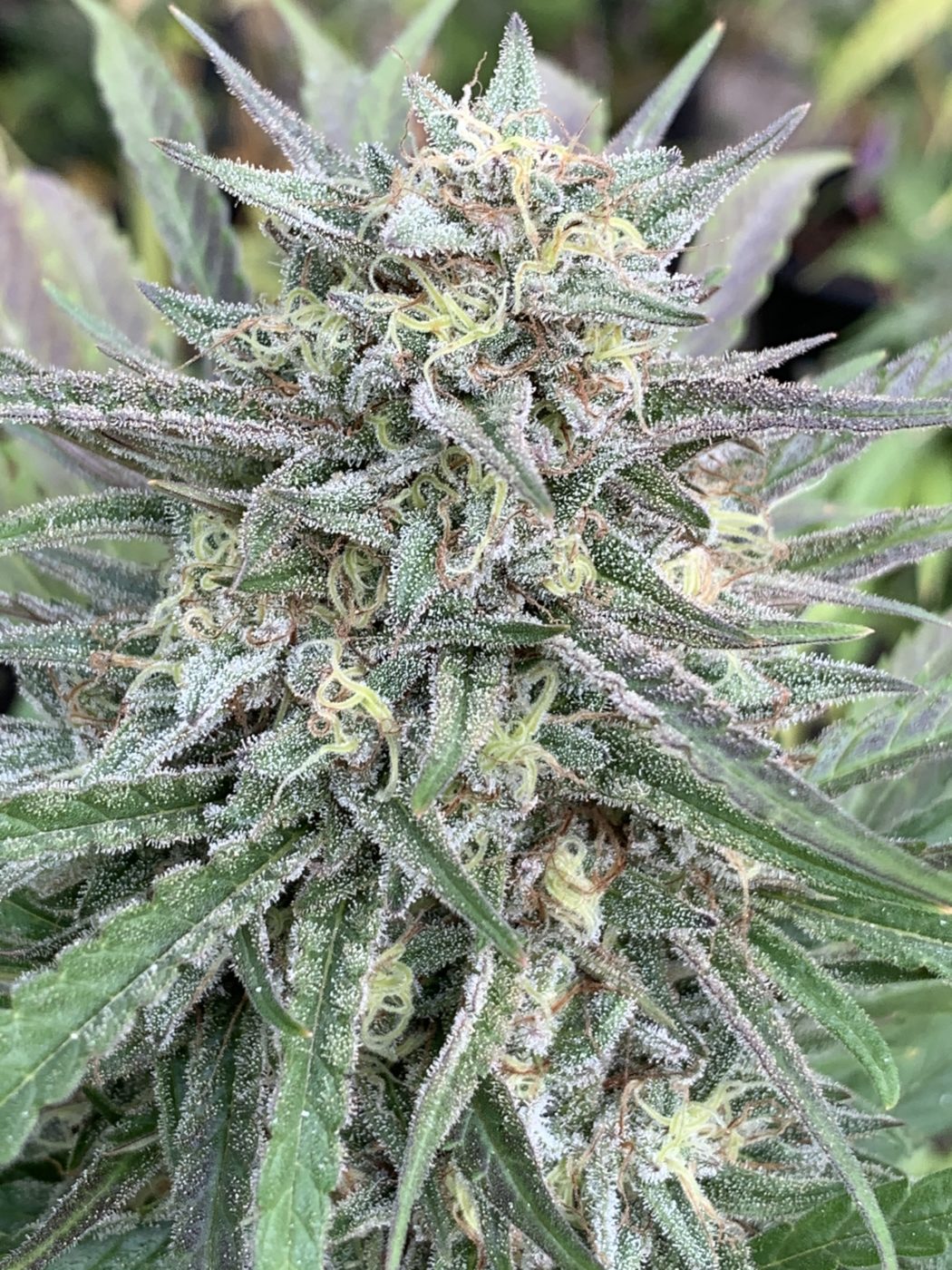
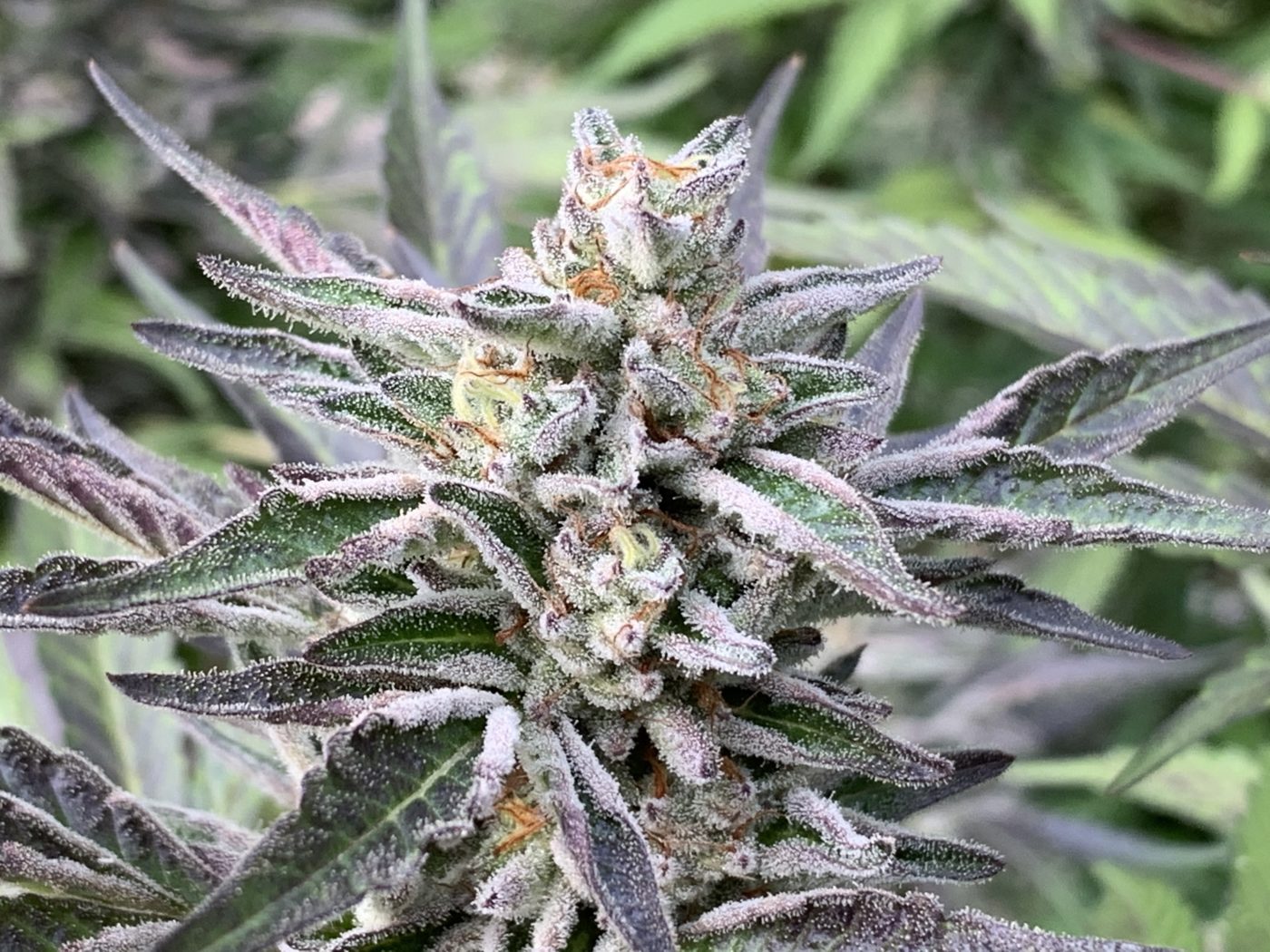
Featured are some of the custom genetics bred by the Cannabis Horticultural Association here in Humboldt County


